Optimal Timing for Gas Line Cappings
Gas line cappings are essential safety measures that prevent leaks and contamination when pipelines are not in use or during maintenance. Proper timing ensures safety, regulatory compliance, and cost-effectiveness. The optimal time for gas line cappings depends on factors such as seasonal weather conditions, project schedules, and local regulations.
Cappings are best performed during mild weather periods to avoid complications caused by extreme cold or heat, which can affect materials and installation quality.
Aligning capping activities with planned maintenance or decommissioning schedules minimizes operational disruptions and ensures safety compliance.
Timing should adhere to local regulations, which may specify seasonal restrictions or procedural requirements for gas line modifications.
Avoiding periods of heavy precipitation or high humidity reduces risks of corrosion and ensures the integrity of the capping process.

Spring offers moderate weather conditions ideal for safe and effective capping procedures.
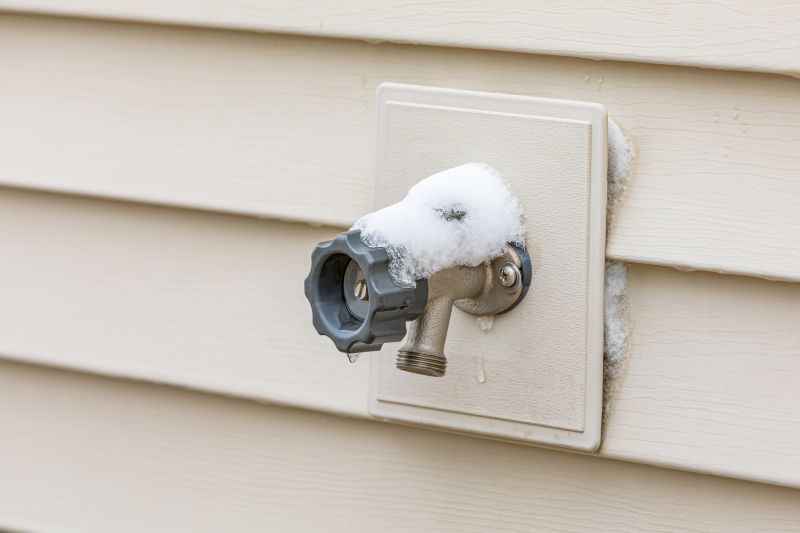
Fall provides cooler temperatures and less precipitation, suitable for outdoor capping activities.
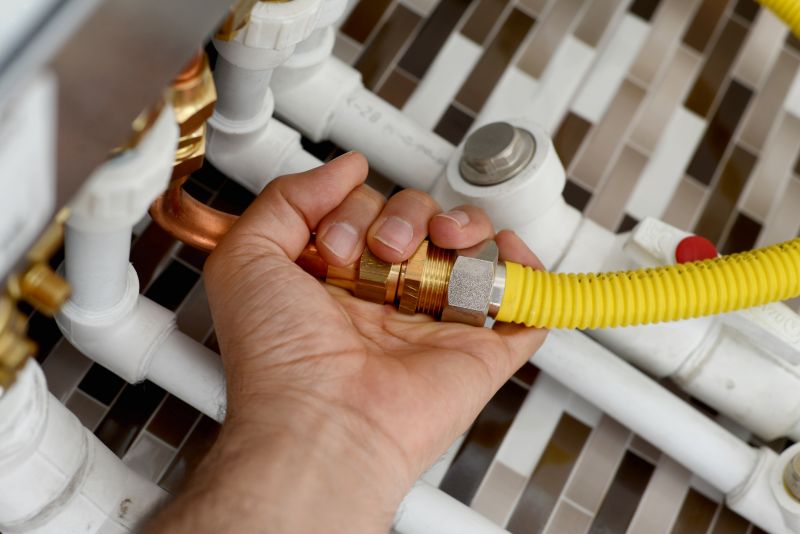
Summer can be suitable in regions with stable weather, but high temperatures require careful planning.
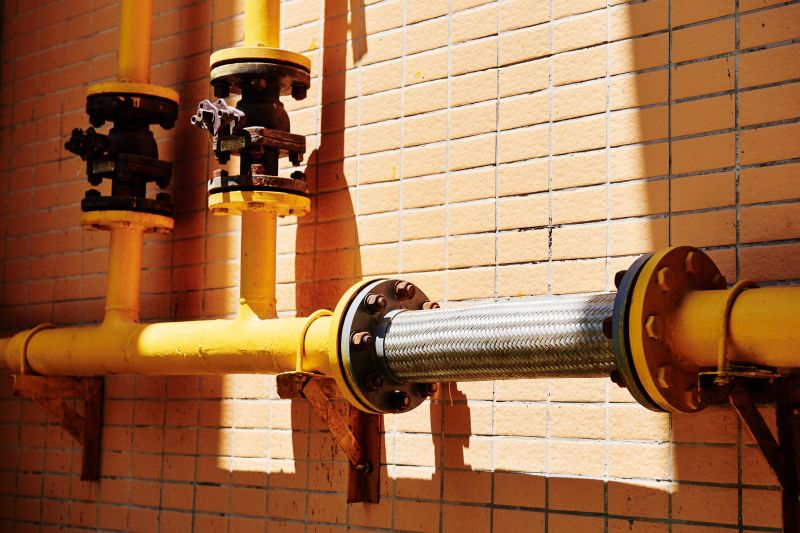
Ways to make Gas Line Cappings work in tight or awkward layouts.
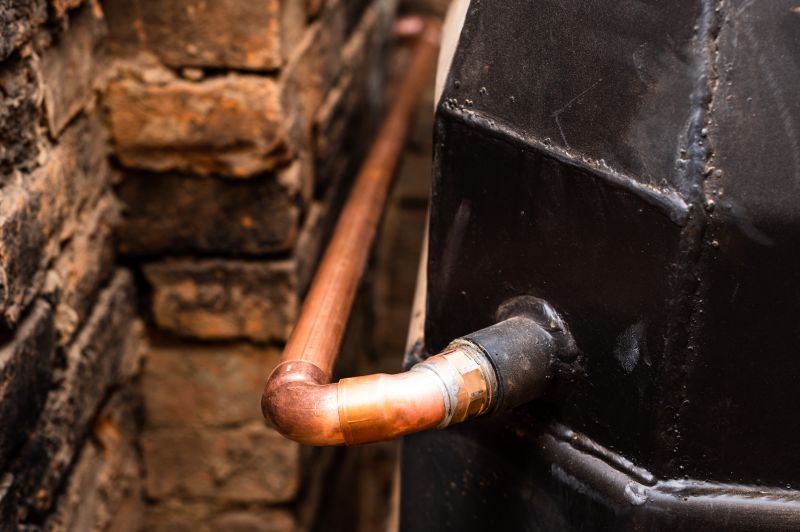
Popular materials for Gas Line Cappings and why they hold up over time.
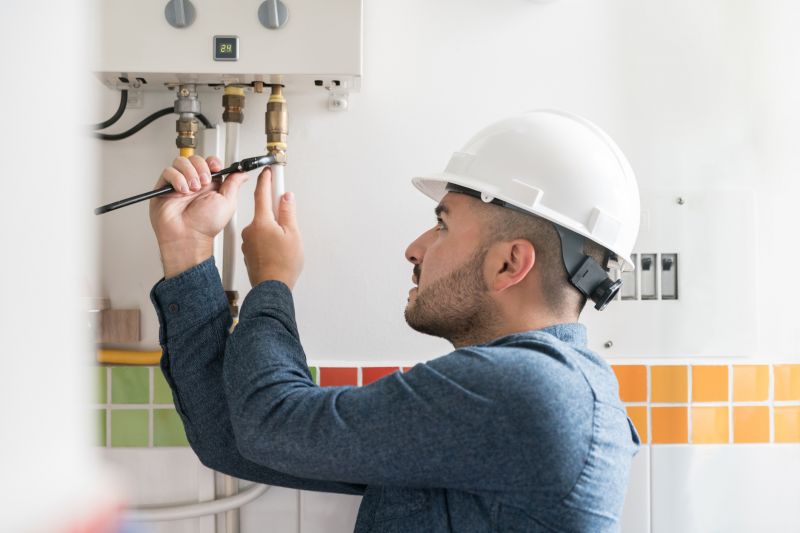
Simple add-ons that improve Gas Line Cappings without blowing the budget.
| Factor | Optimal Timing |
|---|---|
| Weather Conditions | Mild temperatures, low precipitation |
| Project Schedule | Align with maintenance windows |
| Regulatory Restrictions | Follow seasonal regulations |
| Environmental Factors | Avoid heavy rain or humidity |
| Operational Impact | During planned shutdowns |
| Material Handling | Moderate temperatures for installation |
| Safety Considerations | Optimal weather for safe procedures |
Gas line cappings are critical for maintaining pipeline safety and integrity. Proper timing ensures that the process is conducted under optimal conditions, reducing risks associated with weather, operational disruptions, and regulatory non-compliance. Selecting the right season or period for capping activities can lead to smoother installation, lower costs, and enhanced safety standards.

Specialized tools ensure secure and effective capping procedures.

Scheduled maintenance often aligns with optimal capping times.

Outdoor installations require weather considerations for safety.

Proper safety gear is essential during capping procedures.

High-end options that actually feel worth it for Gas Line Cappings.
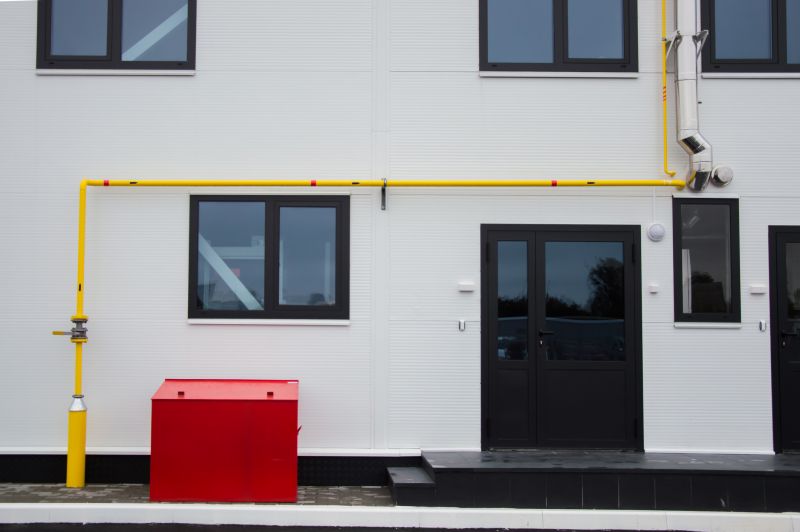
Finishes and colors that play nicely with Gas Line Cappings.
Interested parties should consider scheduling gas line cappings during periods of stable weather and planned operational downtimes. Proper timing enhances safety, reduces costs, and ensures compliance with local regulations. For further information or to discuss specific project needs, contact professionals experienced in gas line capping procedures.
